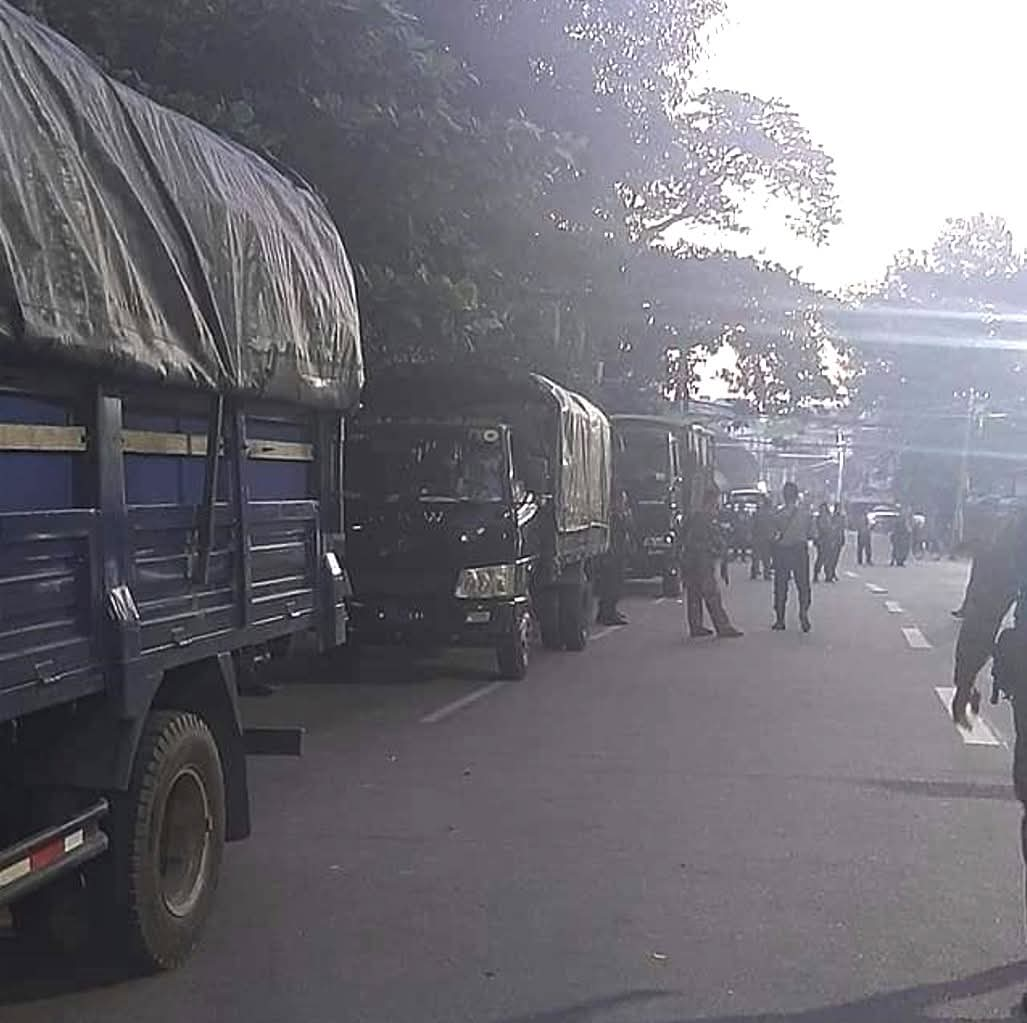
Feature engineering and feature selection are critical components of building effective machine learning models. They involve transforming raw data into a format that can enhance the performance of a model. Here’s a breakdown of both concepts:
Feature Engineering – Feature engineering is the process of using domain knowledge to create new input features from existing ones, thus improving the model’s predictive power. This may include:









1. **Creating New Features:**
– Combination of existing features (e.g., polynomial features, interaction terms).
– Aggregating features (e.g., mean, sum, count over a time period).
– Encoding categorical variables (e.g., one-hot encoding, target encoding).
2. **Transforming Features:**
– Normalizing or standardizing numerical features.
– Applying logarithmic, square root, or exponential transformations.
– Wrangling text data (e.g., extracting keywords, sentiment analysis).
3. **Handling Missing Values:**
– Imputing missing values using mean, median, or mode.
– Creating indicators for missing values.
4. **Time-Series Features:**
– Creating lag features, rolling window statistics, or date-time features (day of the week, month, etc.).
5. **Domain-Specific Features:**
– Incorporating knowledge-based features relevant to the specific problem domain (e.g., medical indicators in healthcare).
### Feature Selection
Feature selection involves choosing a subset of relevant features to use in model training. This process helps improve model interpretability, reduces overfitting, and can enhance performance. Methods for feature selection include:
1. **Filter Methods:**
– Use statistical measures to rank features based on their importance, such as correlation coefficients or chi-squared tests.
– Select features independently of the model (e.g., using metrics like information gain).
2. **Wrapper Methods:**
– Utilize a predictive model to evaluate the performance of different subsets of features.
– Techniques include recursive feature elimination (RFE) and forward/backward selection.
3. **Embedded Methods:**
– Perform feature selection within the model training process.
– Examples include Lasso regression (which penalizes non-informative features) or tree-based methods (like Random Forests), which provide feature importance scores.
4. **Regularization Techniques:**
– Use L1 or L2 regularization to explain the trade-off between fitting the training data well and keeping the model simple.
### Best Practices
– **Understand Your Data:**
– Gain insights into the data through exploratory data analysis (EDA) before starting feature engineering.
– **Iterate:**
– Feature engineering and selection should be iterative processes, constantly refining features based on model performance and validation results.
– **Model Consideration:**
– The choice of features may depend on the model being used. For instance, tree-based models handle non-linearity and interactions differently compared to linear models.
– **Cross-Validation:**
– Use cross-validation techniques to ensure that the selected features generalize well to unseen data.
– **Documentation:**
– Keep thorough documentation of feature engineering and selection steps to maintain reproducibility and interpretability.
Effective feature engineering and selection can dramatically improve model accuracy, reduce training time, and enhance overall performance. Balancing complexity and interpretability is key in any machine learning project.


Leave a Reply